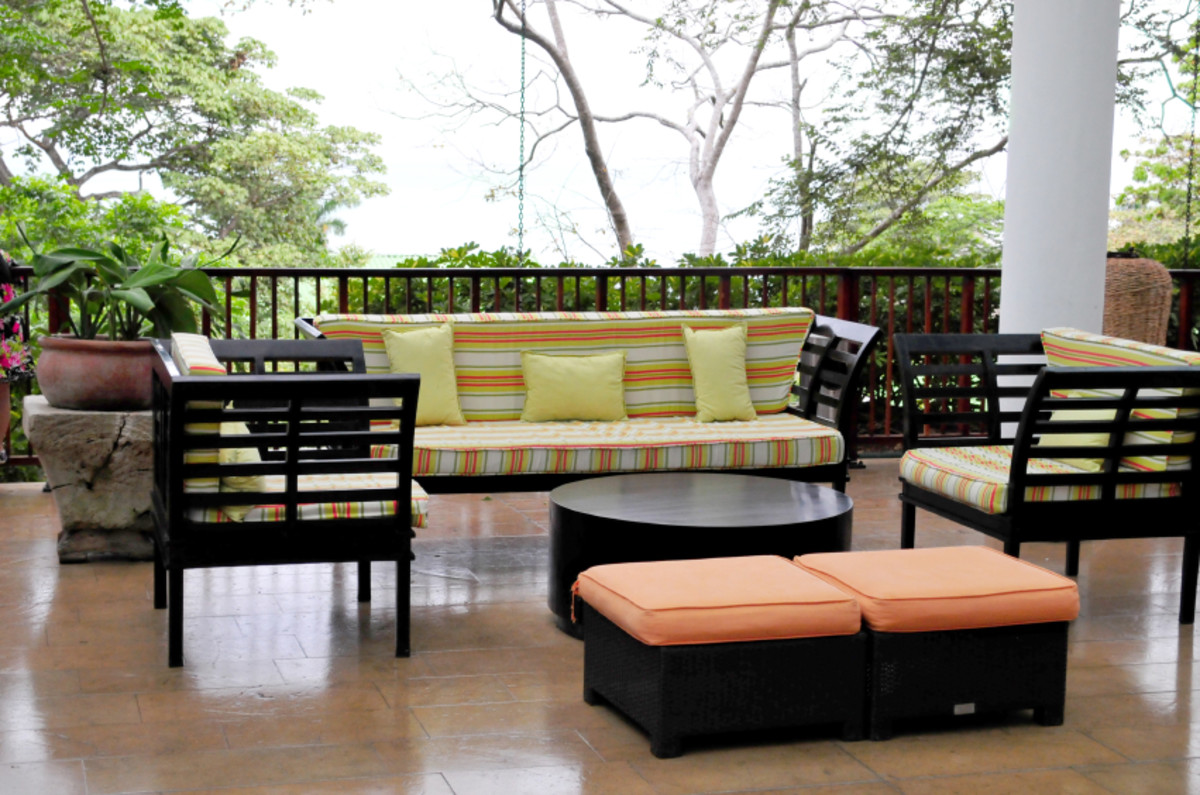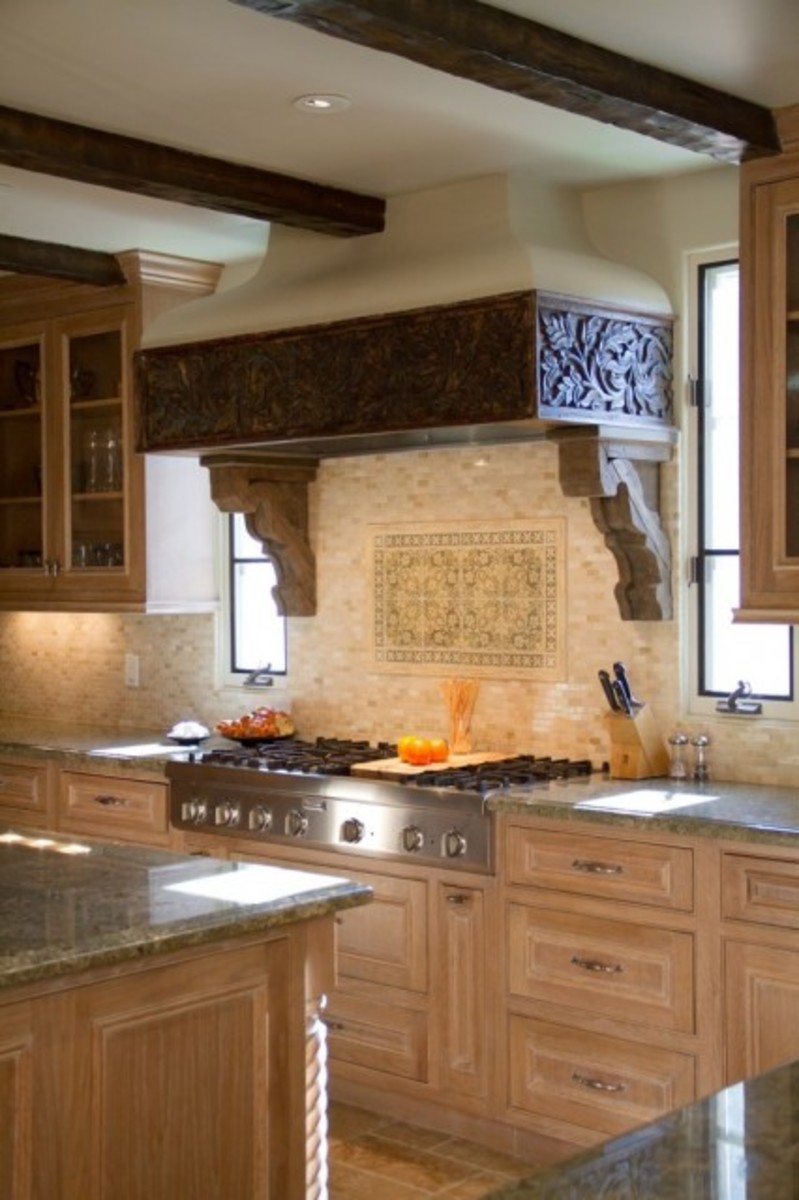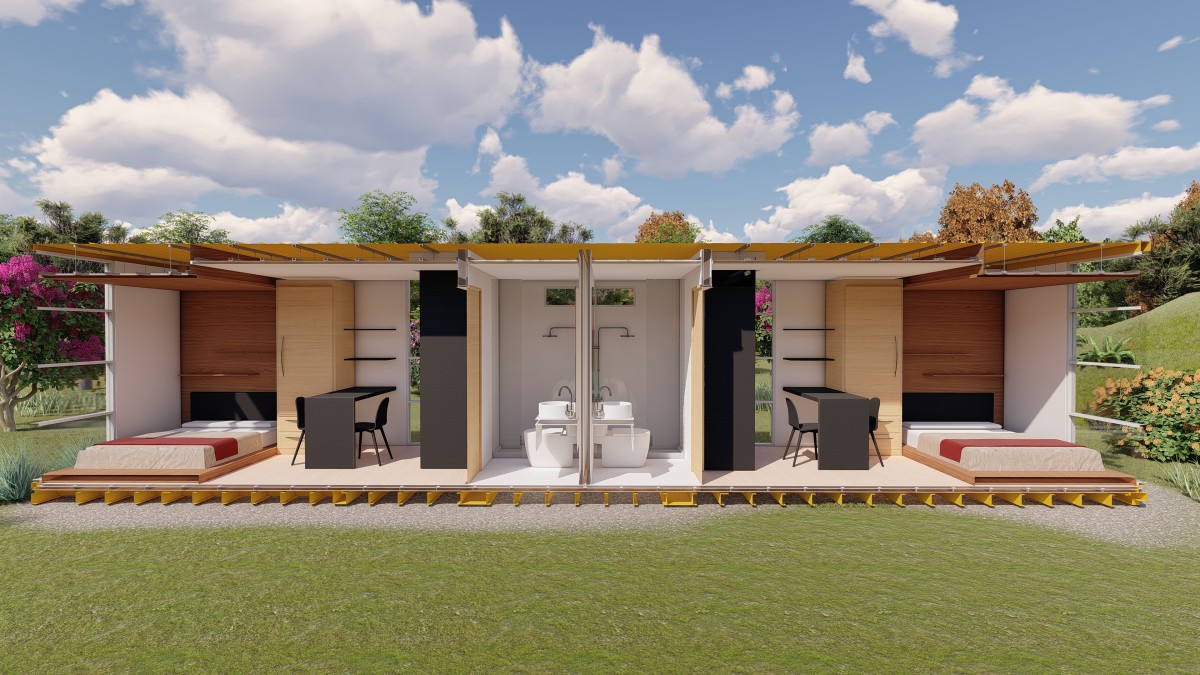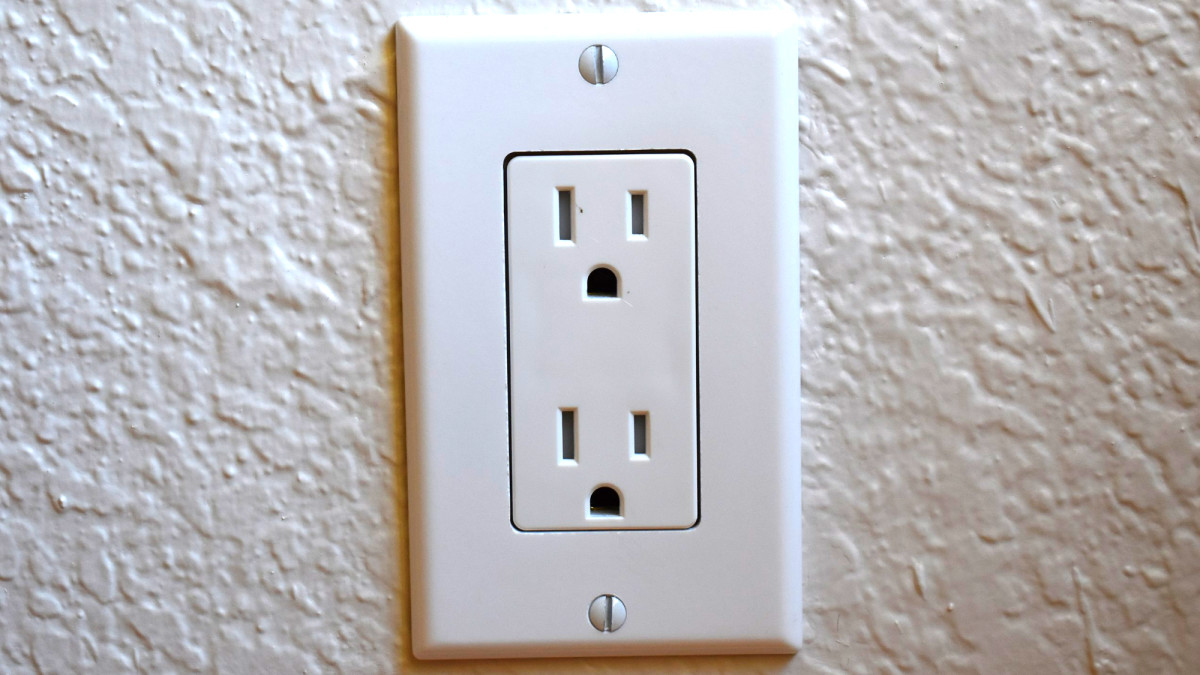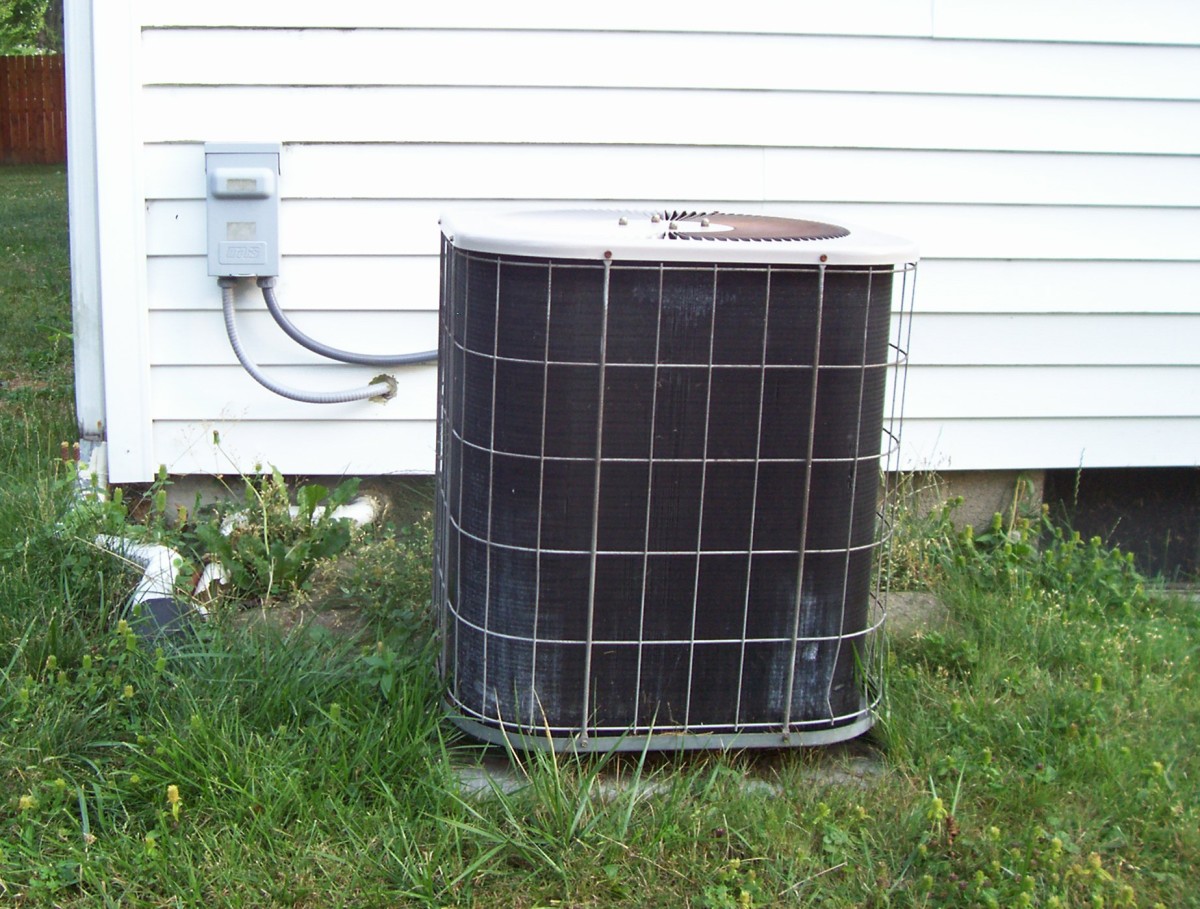Custom Homes, Location
Custom Homes
Building your custom home can be an exciting but taxing undertaking. Written as the wife of a general contractor and the one who runs the office while the crew is out building, I have many, many times had to assist our customers. From building lot selection to contractor choices, room sizes to assisting in maximizing customer's budgets, the parade is endless.
All of us need a place to start, so here is where we like to point new home owners to:
Green Light GO!
1. First go to an office supply store and buy yourself a big file box or binder. Or even invest in two. Because you have an onslaught of information on the way. The more organized you can be about it, the more benefit you will reap from your collection.
While hard copies are always a good idea, more and more information is emailed. Creating separate files on your computer or smart phone to store quotes from contractors, engineering notes, final blueprints, etc can make your life much simplier.
Location, Location, Location
2. The second step of course is to select a piece of ground for your home. Everyone has heard the cliche, "Location, Location, LOCATION!" and rightly so. Without a location that meets your needs there is no point of even progressing any further.
One popular option is a subdivision. If choosing a lot think about where you would want to locate the sleeping areas. Sleeping areas will need to be where headlights don't shine into the windows. No one ever enjoys feeling spot lighted in their own room. Also think about if you mind traffic coming past your home. With small children this can be a danger. A cul-de-sac is a nice option, but usually more expensive than the lots located near the subdivision entrances.
If choosing a more remote location, remember that a long driveway is more costly and can be easily snow covered in colder climates. Our first home was located at the end of a half mile driveway. It was beautiful, but that beauty can turn even deadly if you are elderly or unable to care for a snow removal job of that size.
Another thought on subdivisions, be sure that you review the covenants first and that you are willing to design a home to meet those specifications. HOAs are run by owners in the subdivision so it is smart to adhere to their standards instead of ignoring them. Recently in Montana lawsuits have even been brought against homeowners who tried to blatantly go against just about every stated rule. It's better to be friends with your future neighbors instead of stirring people up before you even begin digging your foundation.
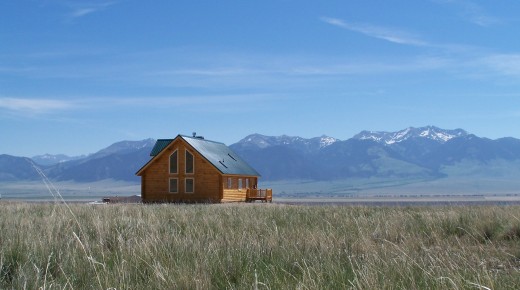
Setting of Building Site
3. Setting of a building lot. Water is great, but not when it floods the basement. Look for where the water naturally flows before choosing your home location and you will be much better equipped for dealing with water issues. Sometimes a slight relocation of the proposed building site can save a lot of headache in the long run.
Trees are lovely and have shade and wind blocking qualities, but in order to construct the home many of the preexisting vegetation will need to be removed. It is easy to picture a home in the woods, but harder to make it a reality. Mark your very favorite trees before you begin the digging. Some of them can be worked around if done carefully.
Hillsides can bring both good and bad. A steep grade is more challenging to build on. But it can lend an easy way to build a walk out basement. And additionally a low cost way to add a garage. Be careful if the ground is very rocky. Talk to some neighbors to see if they encountered any large rocks or boulders when digging their footers or basements.
Level ground is good as well but be careful of water laying issues. The house site should be raised slightly before construction. Even if a lot with 1 or 2 acres only has a drop of 12 inches across it, a day light basement can many times still be added. Also think of where your views will be. If your property is as level as all your neighbors, you may have to shift the home to access a better view.
Cabin In The Woods
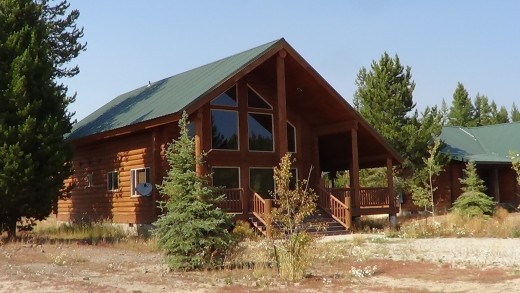
Custom Home Design- fitting your family
4. Lastly think about your current family composition and their needs. A young family may need more room inside and outside the home. A family with teens may enjoy the outdoors but with school activities it might be wiser to live closer to town. Seniors may want to seriously consider a ranch style home. Steps become difficult with advanced age and accidents are more common on staircases than in hallways. And a couple with children soon to leave for college, may want to consider a cape cod style. This type home typically leaves the master bedroom on the first floor and gives 2 more bedrooms upstairs. Upstairs bedrooms can be perfect for the busy college student to have quite and study while they are home on the weekends. Your custom home design should fit your needs.
But all in all remember that this custom home journey should not be taxing but enjoyable. Do your research and really consider your path from start to finish.
This article was published many years ago, but as I revisit it today and add a few edits, the two biggest things I would like to stress is carefully considering Home Owners Associations (HOAs) and their covenants before buying the property. The second is to remember to save copies of emailed documents that are pertinent to your build. It is easy to loose them in an email or delete an email by accident and loose your final drawings or a quote from a contractor. It is also smart to set up a separate email account for your project and have all emails sent to that email. And above all, keep dreaming and moving forward until you realize your custom home dream.
Sue Lemmon Cowboy Log Homes
Construction Resources
- Gable end of a cabin
The gable end of a home is where the roof line climbs above the side of the house to form a triangle. Very commonly log siding is used to finish the gable ends of a home. First the logs are stacked to a... - Log Cabin Construction
Log cabin construction has been occurring for centuries. From rough dwellings the Pioneers occupied to massive log lodges, log home building has had many changes over the years. Through on site testing,... - Log Home Company Comparisons
Log Home Suppliers, are they all the same? What options exist? How do you maximize your quality coupled with price? Let me tell you about our journey. Yes, I love log homes. Yes, I live in a log home. And...
© 2009 Mike and Sue Lemmon


